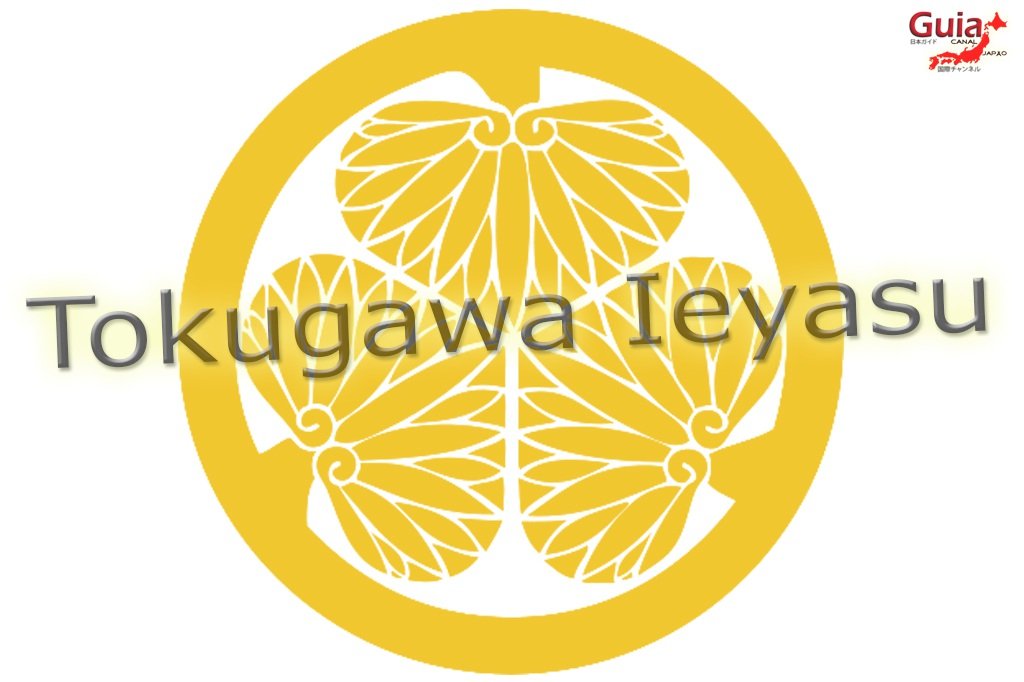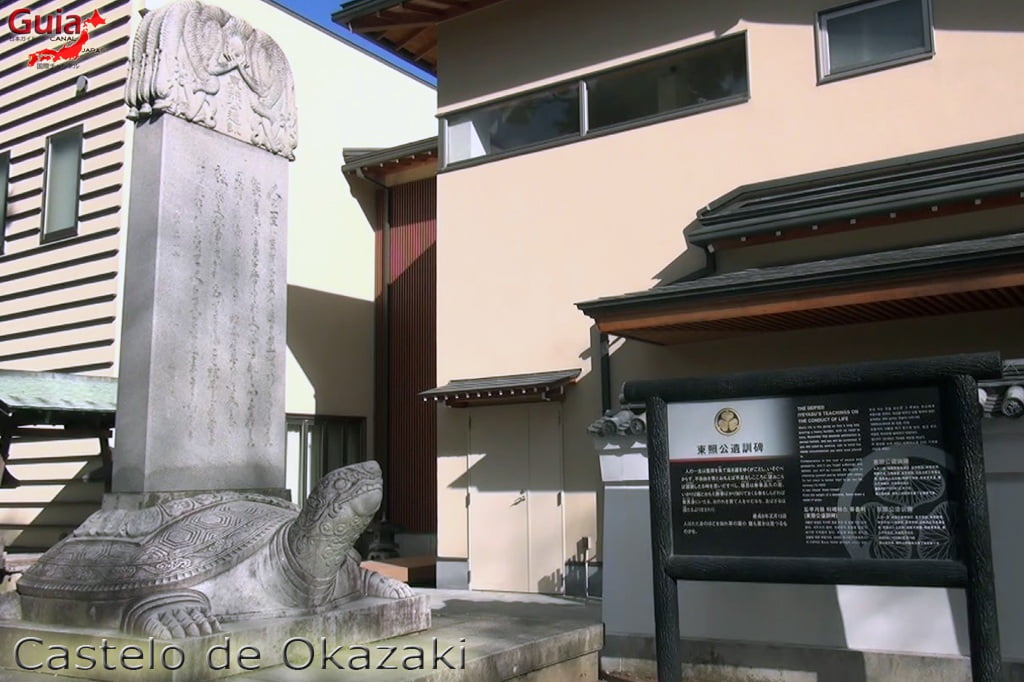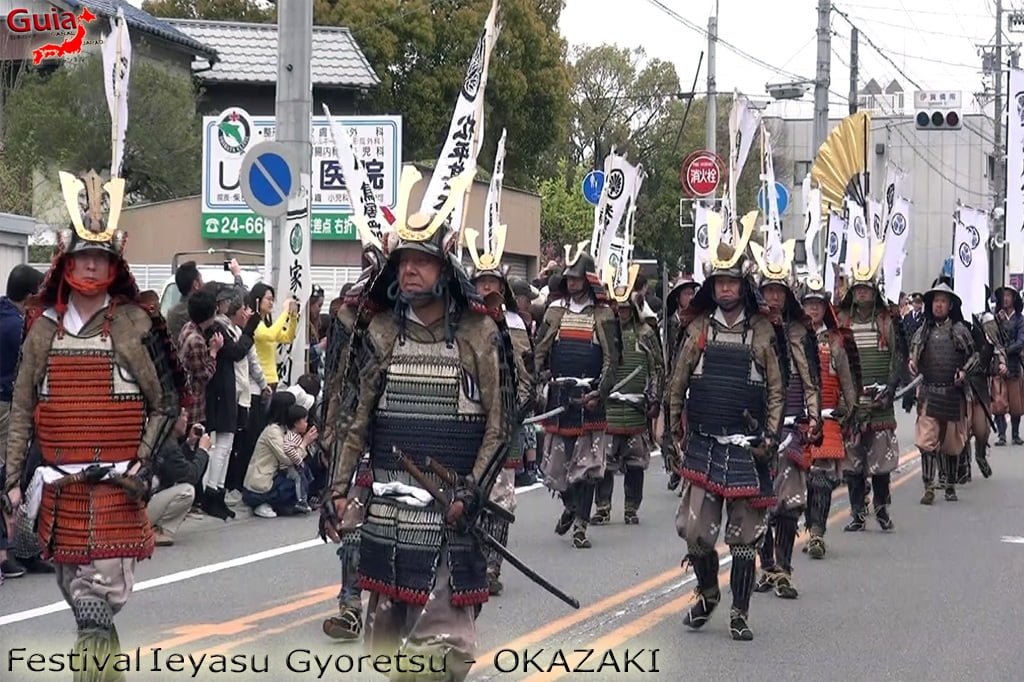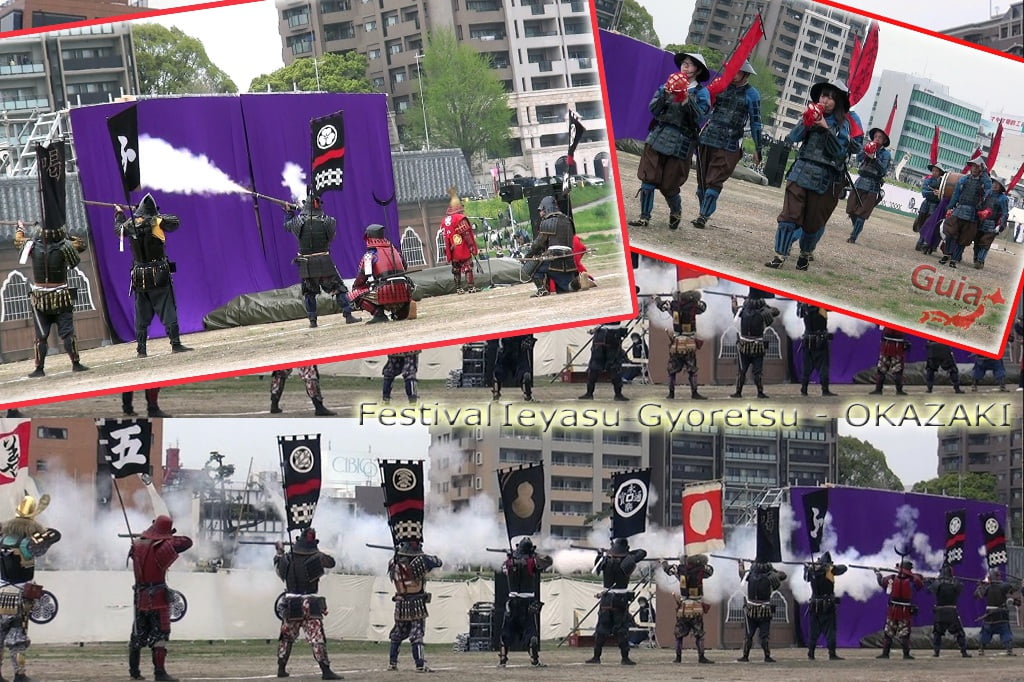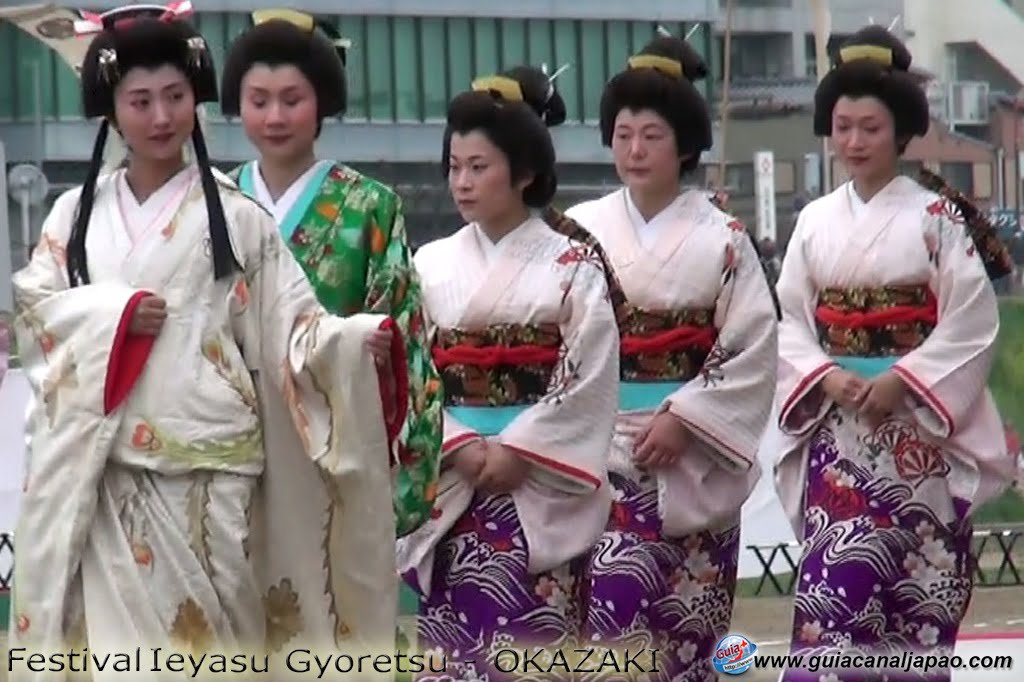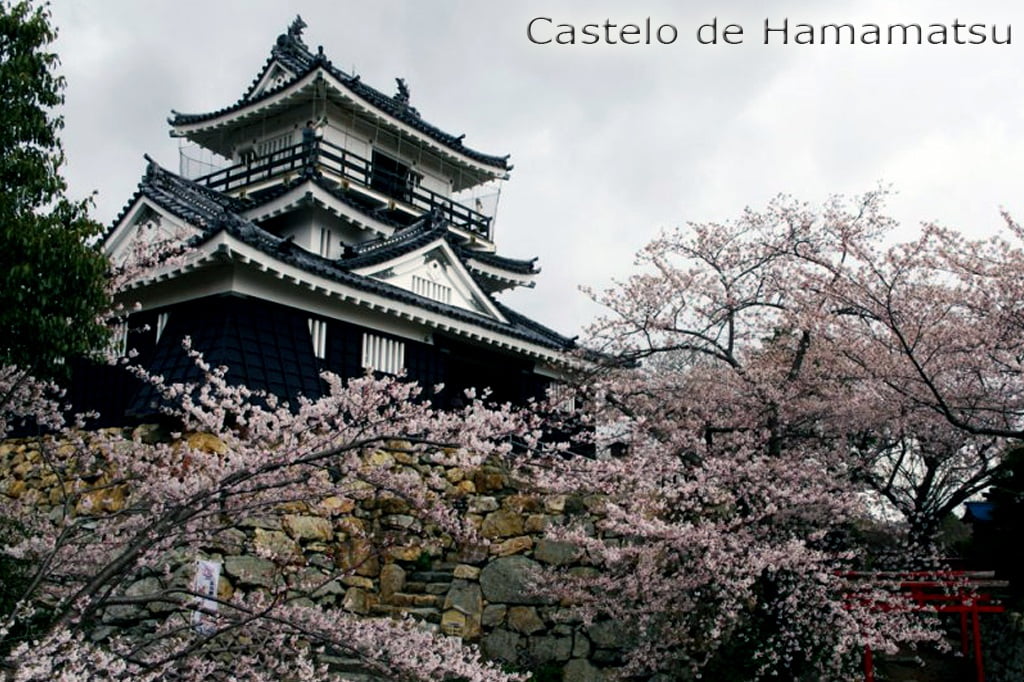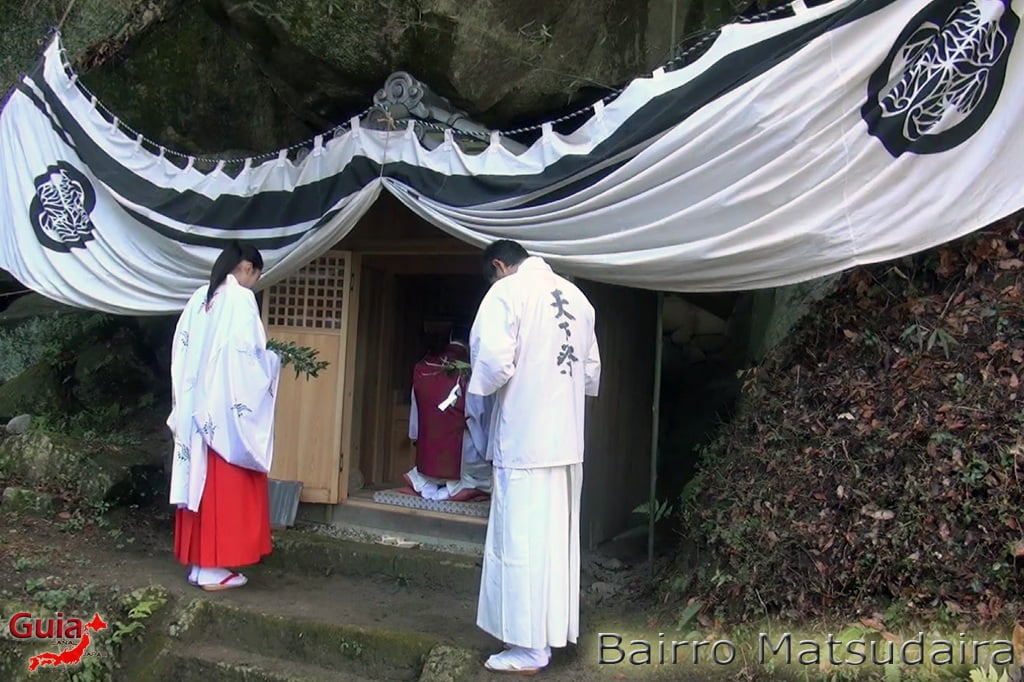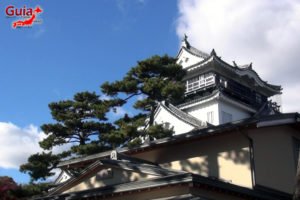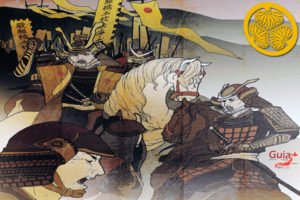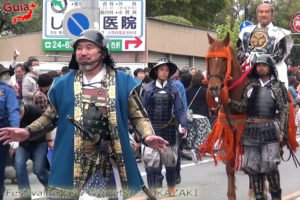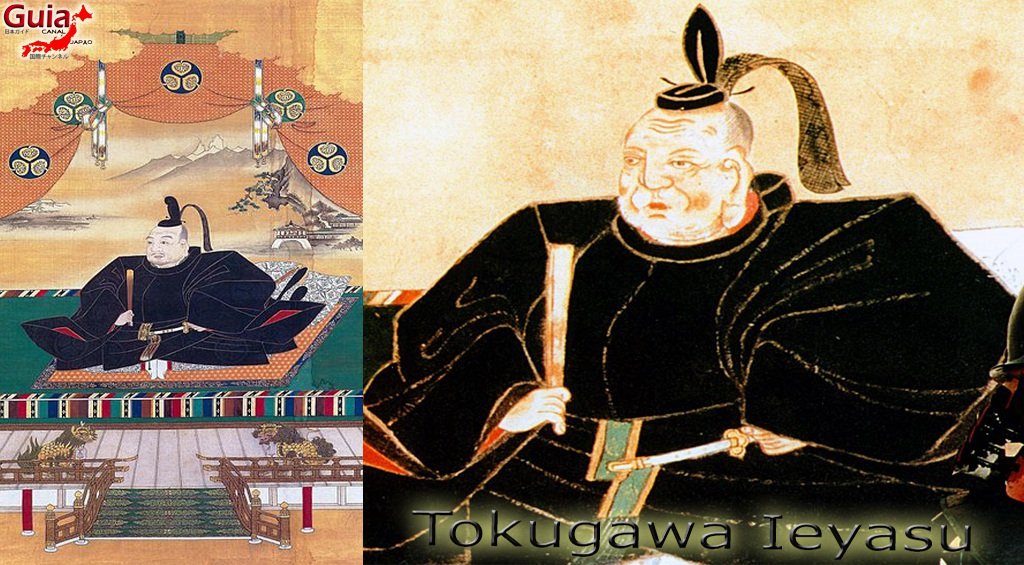
The history of Japan is rich in character, intriguing and full of interesting characters. But perhaps none were as influential as the man who took a war-torn land from scattered dominions.
He was the first, in centuries, to live up to the title of shogun. He eliminated his enemies, subjected the entire country to his will, and inaugurated a dynasty that ruled Japan for 265 years. This man is the great warrior and shogun Tokugawa Ieyasu. He was born on January 31, 1543, at Okazaki Castle.
Tokugawa Ieyasu was born with the name Matsudaira Takechiyo (the Matsudaira neighborhood is in the city of Toyota), he was the son of Matsudaira Hirotada, the lord of Mikawa, and Dai-no-kata, the daughter of a samurai lord named Mizuno Tadamasa. Strangely, his father and mother were half brothers. The father was only 17 years old and the mother was 15 years old when Ieyasu was born.
Two years later, Dai-no-kata was sent back to her family, and the couple never lived together again. Both remarried, and both had more children, providing Ieyasu with a large number of half-brothers and sisters.
Although the Tokugawa’s reign over Japan is synonymous with the capital he developed, Edo (later Tokyo), his story begins at Okazaki Castle in Aichi. Born with the name Matsudaira Takechiyo in 1542 (it was standard practice for samurai to change their name at significant moments in their lives), Ieyasu was kidnapped at the age of five by the neighboring Oda clan (held captive in Nagoya), rivals of his father, a warlord ruling Okazaki Prefecture.
At the age of nine, he was handed over as a hostage to the Imagawa clan and held under good conditions at Sunpu Castle in Shizuoka, until he was released when he reached the age of 15, where he received an education – both academic and military, fit for a nobleman. .
After his father’s death and his coming of age at the age of 13, Ieyasu became head of the Matsudaira clan and under the instructions of the Imagawa, began fighting against his captors the Oda. However, by the time he changed his name to Tokugawa Ieyasu, meaning he was founding a new clan (in doing so, claiming connection with the old Minamoto clan) later in 1567, he changed his allegiance and joined forces with the powerful Oda Nobunbaga, expanding his wealth, with Nobunaga becoming the most powerful samurai in Japan.
Although their bond was strong and mutually advantageous, the Oda and Tokugawa relationship was put to the test in 1579 when Ieyasu’s wife and his eldest son and heir were accused of a plot against Nobunaga’s life.
Nobunaga demanded that Ieyasu order the death of his own wife and his eldest son, suspected of conspiring against his clan. He followed orders, maintained his leader’s trust, and became one of his closest commanders. In 1566, such dedication was rewarded and Ieyasu received land and became a powerful daimiô.
Although Nobuyasu’s plot was unsuccessful, three years later Nobunaga was assassinated by his closest aide, Akechi Mitsuhide.
The battle for Japan
In 1599, Ieyasu’s army took Osaka Castle, the residence of the young heir Hideyori, by force. Enraged by this act of betrayal, Mitsunari plotted to kill Ieyasu, but upon hearing of the plot, Ieyasu’s men turned against Mitsunari. To escape, Mitsunari, with Ieyasu’s help, disguised himself as a woman and fled the castle. It is unclear why Ieyasu helped his greatest rival to escape, although it is thought that, in the battle he knew was coming, Ieyasu preferred to face Mitsunari rather than one of the council members, who would have had greater legitimacy.
Two great forces now formed: the Western Army, led by Mitsunari, and the Eastern Army, led by Ieyasu, the two great forces met on October 21, 1600 in the rice fields of Sekigahara, in present-day Gifu. With 75,000 men to his opponent’s 120,000, things initially looked bleak for Ieyasu. However, he was known to be a master of strategy and before the battle, he caused certain members of the Western Army to turn against Mitsunari and fight for the east. It was this ability to encourage treachery in others and with the 19 cannons taken from the same Dutch ship that brought with them the first Western samurai, William Adams, that ensured Ieyasu’s victory.
And for the winner the title of Shogun
The title of “shogun”, military dictator of Japan, was reserved only for those who could prove a direct lineage to historical royalty. However, thanks to his vision of changing his name to Tokugawa (in doing so claiming an unfounded connection to the Minamoto clan) the honor of the title was bestowed by the emperor in 1603, giving him unparalleled absolute power in the country.
Hamamatsu Castle
Hamamatsu Castle is located in the city of Hamamatsu in Shizuoka Prefecture. It was the castle where Tokugawa Ieyasu lived for 17 years, from the age of 29 until the age of 45.
The Life of the Tokugawa Family
Two years later, Ieyasu abdicated in favor of his son, as a way of ensuring a smooth transition and creating a lasting legacy. However, this does not mean that Ieyasu has retired from public life. In fact, even though he retired as shogun, he continued to rule the country, and began planning massive reconstructions of the nation. In Edo, the city in which he was now based, he oversaw the construction of Edo Castle (a massive project that would become the largest castle in the country), as well as the construction of Nagoya Castle and the reconstruction of the Kyoto imperial court. . While the nation flourished under his control in relative peace (Hideyoshi continued to be a thorn in Ieyasu’s side until he was killed in Osaka in 1615), Ieyasu expanded Japan’s reach of influence by increasing trade with England.
- Death of Tokugawa Ieyasu and the birth of a new era
Tokugawa Ieyasu died in 1617, aged 73.
With the death of the previous unifiers (Oda Nobunaga and Toyotomi Hideyoshi) others came to claim power for themselves.
Through his advance planning, his cunning, and his merciless treatment of those who opposed him, Ieyasu’s heir not only continued to rule Japan, but his antecedents maintained power for more than 250 years after his death.
This time, the Tokugawa era came to be considered not only a time of peace and prosperity for the nation, but also the consolidation of the nation in the samurai way of honor, loyalty and effort. It’s a little ironic that the man who began this era, with brutal strength and cunning, would use treachery to achieve his goals.
But as the Japanese saying goes, you can’t make an omelet without breaking a few eggs.
Every Japanese knows Tokugawa Ieyasu, Japan’s most famous general.
And every year in April the Ieyasu Gyoretsu Festival is held in the city of Okazaki, the parade talks about the samurai who became a shogun (Tokugawa Ieyasu), this parade is made up of cavalry, warriors carrying weapons and others with spears, archers with bows and arrows, and so on. Actors perform a reenactment of a battle, showing a ninja clan trying to take the castle, Ieyasu and his samurai warriors repel the attack. A festival where you will find many foreign tourists among the crowds of spectators.




